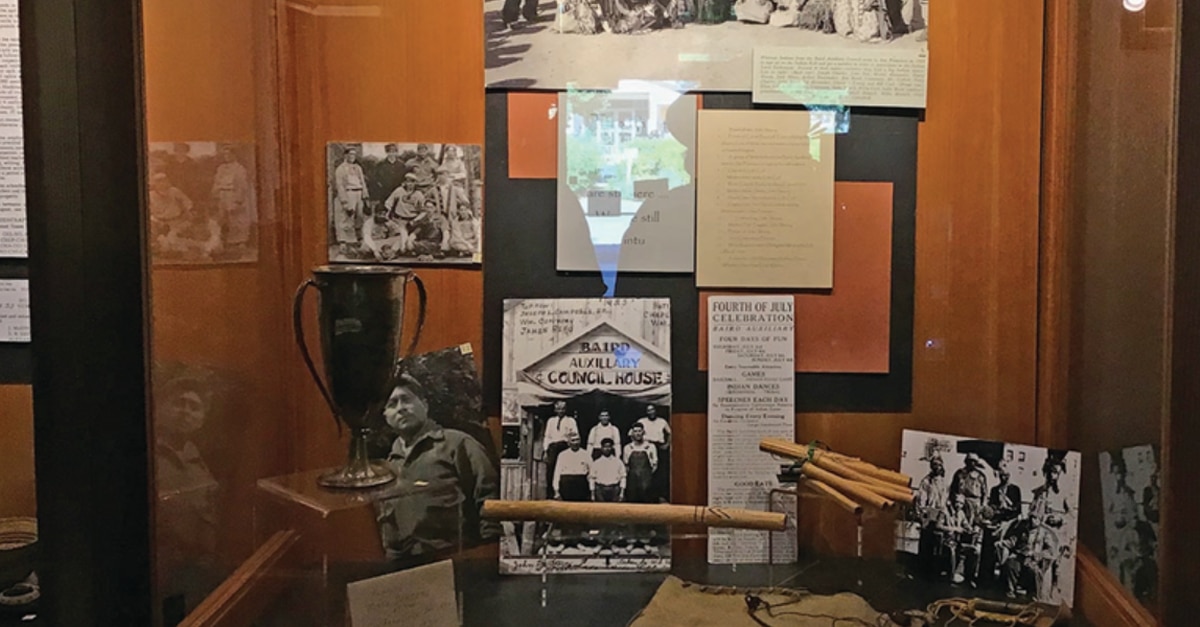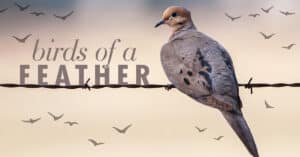Wintu Museum
A history of tradition in Shasta Lake…
The Wintu Cultural Museum shares the story of the Wintu Tribe through artifacts, photographs and documents. It’s a look at the past, but also a reminder that Wintu people are very much present. “We are still here. We are still Wintu,” notes one display.
“For anyone who comes in, it’s really to show that we have been here for hundreds of years and we’re not extinct. We still carry on,” says Gary Rickard, tribal chairman of the Wintu Tribe of Northern California.
The museum on Shasta Dam Boulevard in the City of Shasta Lake is part of the Wintu Cultural Resource Center. The 6,000-square-foot facility also includes a conference/meeting room for the tribal council and its committees, a commercial kitchen and a spacious community room. It’s a gathering place for events, activities and classes, such as lessons on the Penutian language of the Wintu. The kitchen is used to prepare meals for a community-wide lunch distribution program.
The center came to be through a collaboration of the tribal government and the City of Shasta Lake. A total of $1.8 million in Community Development Block Grants (grant cycles in 2007 and 2010) and $155,000 in city redevelopment funds were used to purchase and remodel a commercial building.
The museum encompasses 2,510 square feet of the center, with a mission to promote understanding of and respect for Wintu history and culture. The Wintu were made up of nine bands and have a history in the region going back at least 1,500 years, Rickard notes. “We pretty much lived in harmony with nature and the other bands. There was very, very little conflict with other tribes,” he says.
A floor-to-ceiling timeline curves around one side of the museum, offering an overview of Wintu history from 1815 through 2013. Wintu population was estimated at 14,000 prior to European contact, according to the timeline. The California Gold Rush brought a surge of new arrivals to Northern California in the mid-1800s. Wintu were displaced, died from starvation and disease and were slain, with killings encouraged by government-issued bounties. By 1880, the Northern Wintu population was 454, the timeline states.
The timeline includes the Indian Citizens Act giving Indians the right to vote in 1924; eviction of Wintu from ancestral lands to make way for Shasta Dam in the early 1940s; the Toyon occupation in the early 1970s; and the ongoing push for official tribal status.
Displays showcase Wintu cooking baskets and additional artifacts, as well as baby carriers, woven hats, containers and items from other California tribes. Historical photographs and a copy of a treaty signed but never ratified by Congress are among the items exhibited. The tribe is working on repatriating Wintu artifacts held in other collections. “We’ve gone to Chico State, Sac State and several other places to bring some of our stuff home,” Rickard says.
A Native Veterans Wall of Honor in the museum features photographs of tribal members who serve or have served in the military. It’s common for tribes to honor veterans, says Rickard, who was a paratrooper in the Vietnam War. Service is viewed as “representing our homeland,” he says.
The museum gift store sells jewelry, artwork and other items made by Wintu artisans.
An important function of the museum is sharing accurate history of the Wintu with young people. Tribal elder Pat Begley leads sessions for students who visit on field trips. She made a papier-mache model of a village to give students a sense of what life was like. “We lived in bark houses, we didn’t live in teepees,” she says. “We didn’t have any Walmarts that we could run down to or a Papa Murphy’s to get a pizza. We had to make our own food, our own clothes.”
She shares history and traditional stories with children. Students try beading and participate in a friendship dance using elderberry-cane clapper sticks.
Cindy Hogue, a tribal councilwoman who teachers eighth-grade English language arts and history in the Happy Valley Elementary School District, took a summer school class of fourth- through eighth-graders to the museum. “It’s a really great program,” she says.
The students enjoyed the hands-on activities and stories. And they were excited to learn Happy Valley is territory of the Dau-nam Band of the Wintu Tribe, she says. “They were able to connect to the local history,” Hogue says. “I think it helps for them to know who was here before.” •
Wintu Cultural Museum
4755 Shasta Dam Blvd., Shasta Lake
Open Tuesday, Thursday, Friday and Saturday, 11am to 4pm
www.wintutribe.org/wintu-cultural-resource-center-and-museum




